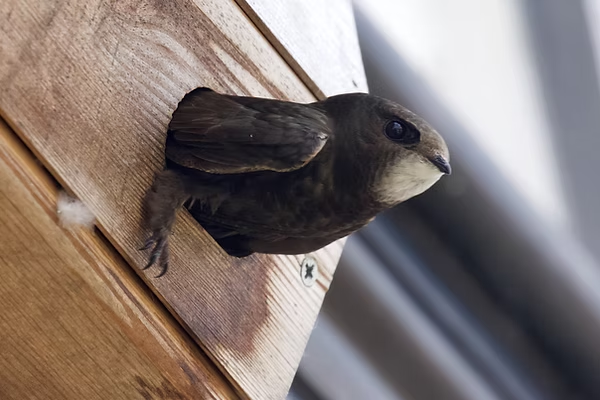Haverhill Town Council will be hosting a FREE Save Our Suffolk Swifts talk with conservationist, Simon Hooton on Tuesday 18 March at 7:00pm at Haverhill Arts Centre. Simon will explore the secret life of swifts and how people can build their own swift boxes, with help from Haverhill Men’s Shed.
Find out more about Save Our Suffolk Swifts by visiting their website HERE.

Swifts are declining, but it’s not too late.
The swift is one of our most beloved summer visitors. As they soar over towns and villages in search of nesting spaces amongst buildings, their scimitar silhouettes and screaming calls fill our skies; giving us one of the most evocative sights and sounds of summer.
But in some places their calls have sadly fallen silent. Over the last 30 years, swift numbers in Suffolk have halved – and this is happening across much of the UK as developments in construction, renovation and insulation are closing off swift nest sites, with devastating results.
That’s where SOS Swifts comes in… The team has a five-point plan to save Suffolk’s Swifts: